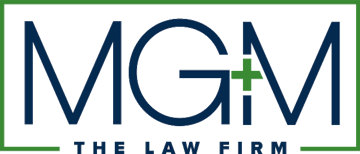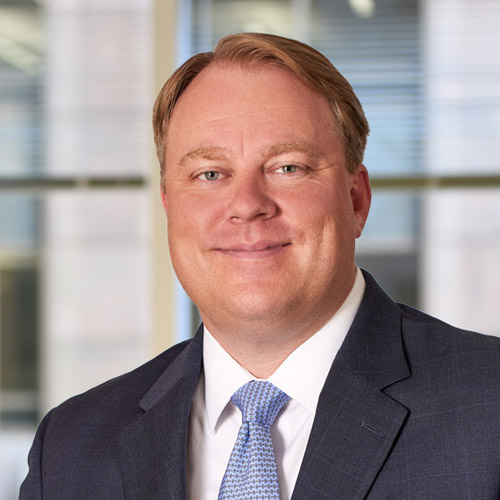Publications
North Carolina Bankruptcy Court Limits Garlock's Asbestos Liabilities and Ford Wants the Court Records Unsealed
March 24, 2014


